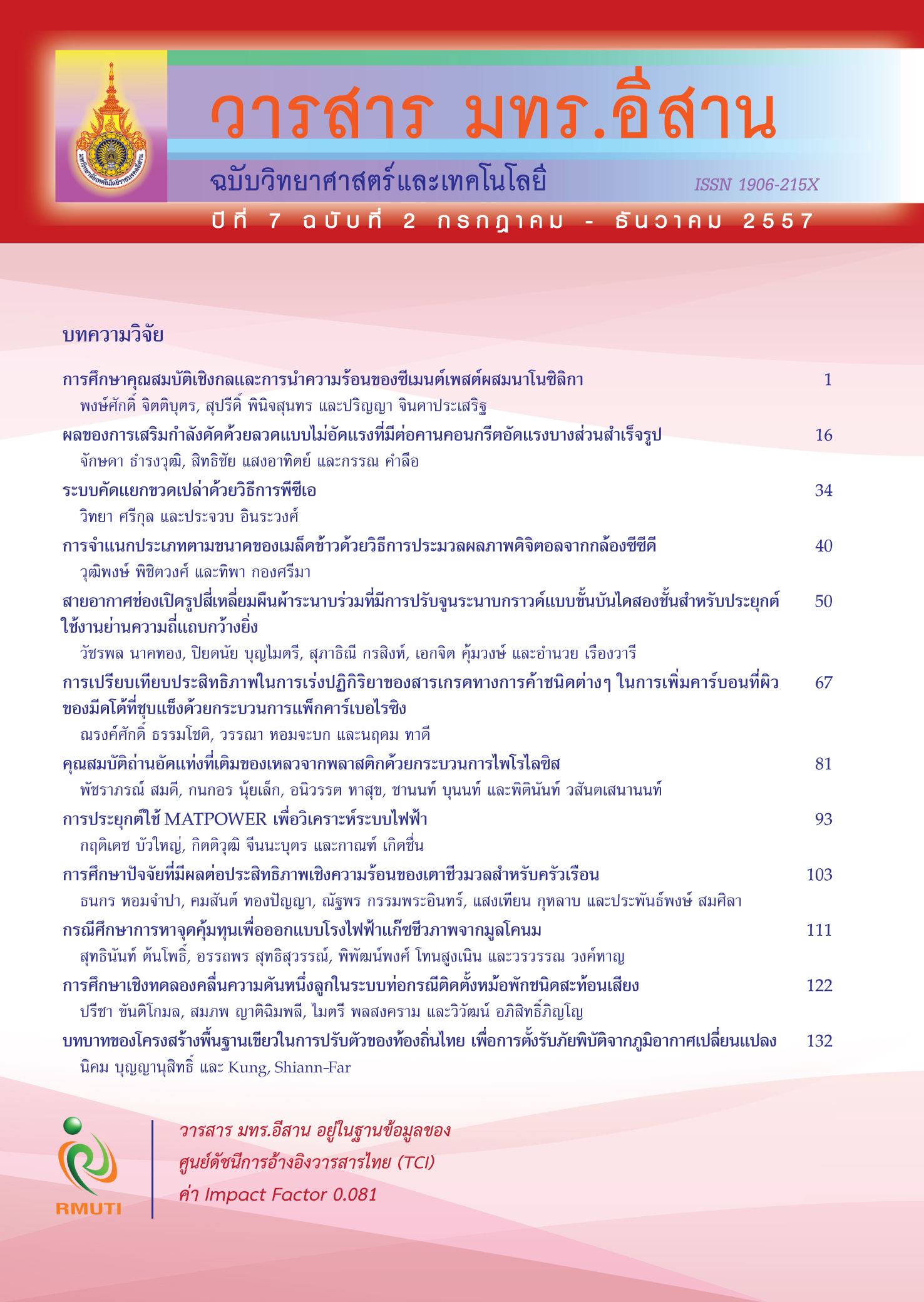บทบาทของโครงสร้างพื้นฐานเขียวในการปรับตัวของท้องถิ่นไทย เพื่อการตั้งรับภัยพิบัติจากภูมิอากาศเปลี่ยนแปลง
Main Article Content
Abstract
บทคัดย่อ
โครงสร้างพื้นฐานเขียว ถือเป็นส่วนหนึ่งของเมืองที่เป็นการผสมผสานเชื่อมต่อกันระหว่างพื้นที่ว่างสวนสาธารณะ ต้นไม้บนถนน พื้นที่ชุ่มนํ้า ทะเลสาบ บึงนํ้า ลำคลอง และพื้นที่สีเขียวอื่นๆ สามารถเป็นแหล่งอาหาร และพื้นที่สร้างรายได้ให้กับชุมชน ช่วยกักเก็บคาร์บอนไดออกไซด์ทำให้เกิดอากาศสะอาด ลดมลพิษทางเสียง เป็นแหล่งสนับสนุนเชื้อเพลิงชีวมวล ส่งเสริมความหลากหลายทางชีวภาพ ช่วยเพิ่มความเย็นให้พื้นที่ ลดภาวะเกาะความร้อนให้กับเมือง ลดมลพิษทางนํ้า และช่วยป้องกันนํ้าท่วม นอกจากนี้ยังมีประโยชน์ทางด้านจิตใจ มีประโยชน์ต่อสุขภาพของผู้อยู่อาศัยในชุมชน ด้วยการเป็นแหล่งพักผ่อนหย่อนใจ ทำให้เกิดความภาคภูมิใจในถิ่นฐานของตนเอง การมีโครงสร้างพื้นฐานเขียวที่ยั่งยืน จะส่งเสริมให้พื้นที่เมืองมีความยืดหยุ่นต่อการเปลี่ยนแปลงสภาพภูมิอากาศ โดย 1) เป็นการลดอุณหภูมิของพื้นที่ 2) เป็น เพิ่มการเชื่อมต่อของถิ่นอาศัยให้กับสัตว์พื้นถิ่น และ 3) เป็นการลดผลกระทบจากปัญหานํ้าท่วม ดังนั้นการพัฒนาและการจัดการโครงสร้างพื้นฐานเขียวจึงเป็นสิ่งที่ควรให้ความสำคัญอย่างยิ่งสำหรับองค์การปกครองท้องถิ่นของไทย
คำสำคัญ : โครงสร้างพื้นฐานเขียว; การใช้ประโยชน์ที่ดิน; ท้องถิ่นไทย; ภูมิอากาศเปลี่ยนแปลง
Abstract
Green infrastructure is defined as parts of urban area with a mix of street trees, parks, cultivated land, wetlands, lakes, and streams that are interconnected. Green infrastructures can be direct source of income and food. They help in cleaning air pollutants, store and sequester carbon dioxide, provide biomass fuel which is renewable, reduce noise pollution, support biodiversity, reduce urban heat island and have general cooling effect, reduce water pollution, and reduce flooding. They also have psychological benefit, health benefits, recreational benefits, and increase people’s sense of community. Therefore, green infrastructures ensure sustainability. Green infrastructures also make urban areas resilient to climate change since they have 1) cooling effect, 2) increase habitat connectivity, and 3) reduce flooding. Therefore, the development and management of green infrastructure should become the priority of Thailand’s municipalities.
Keywords : green infrastructure; local authority; land use; climate change


